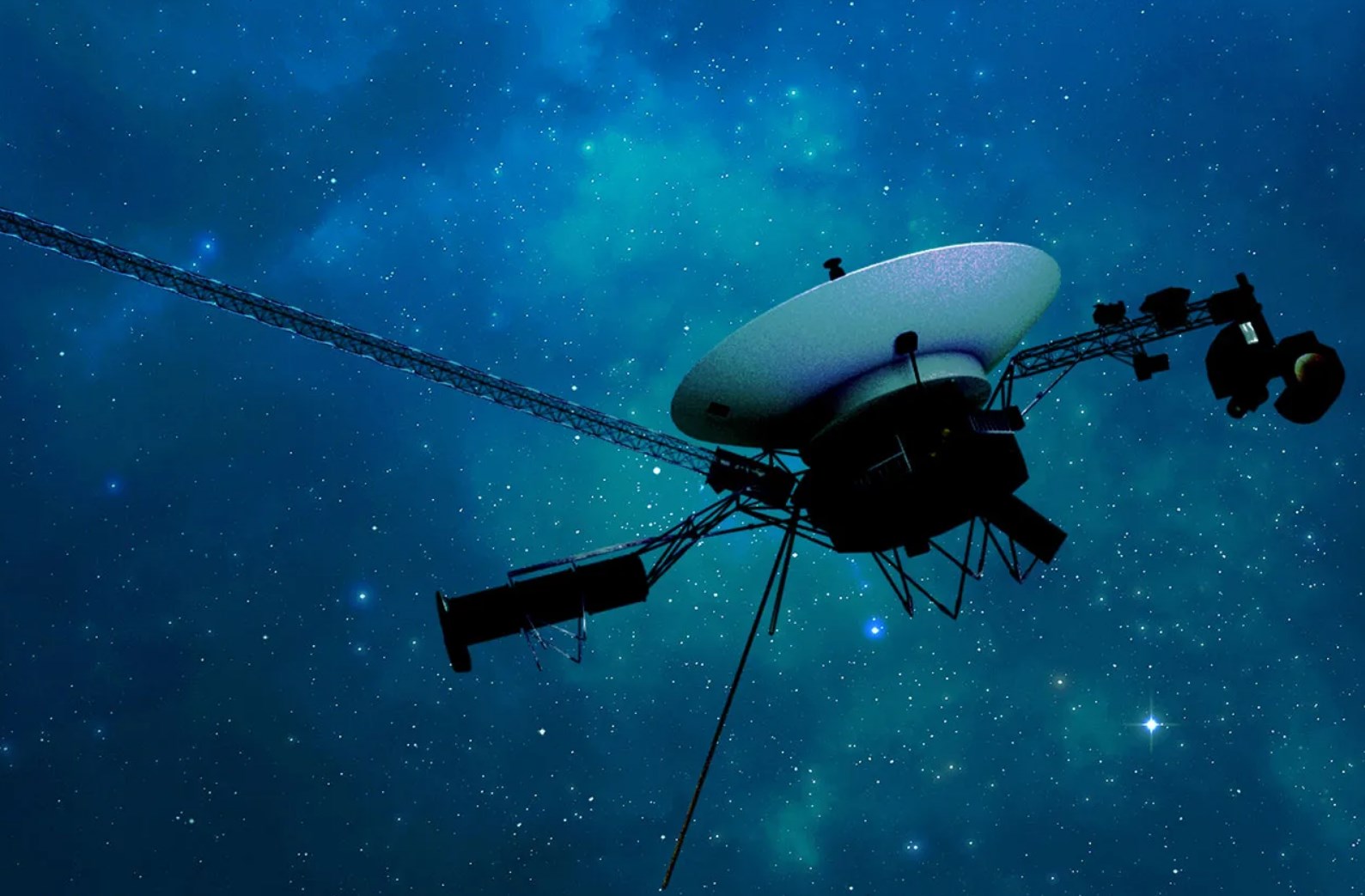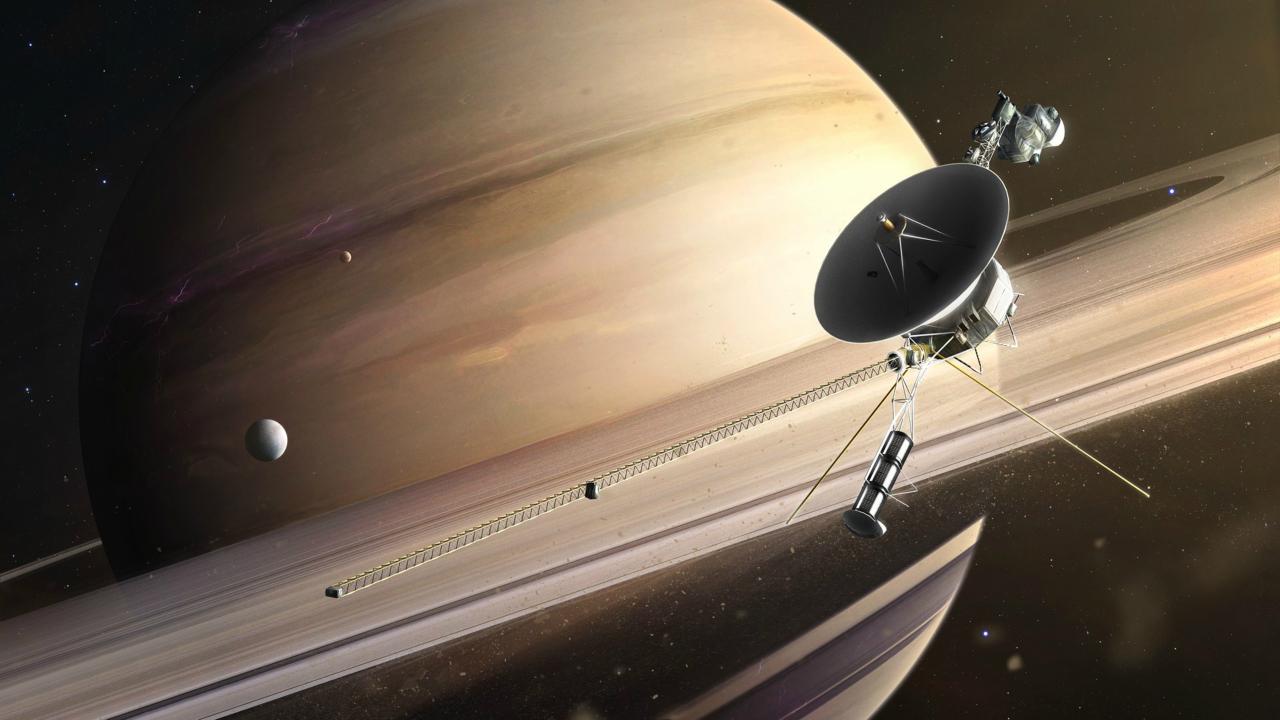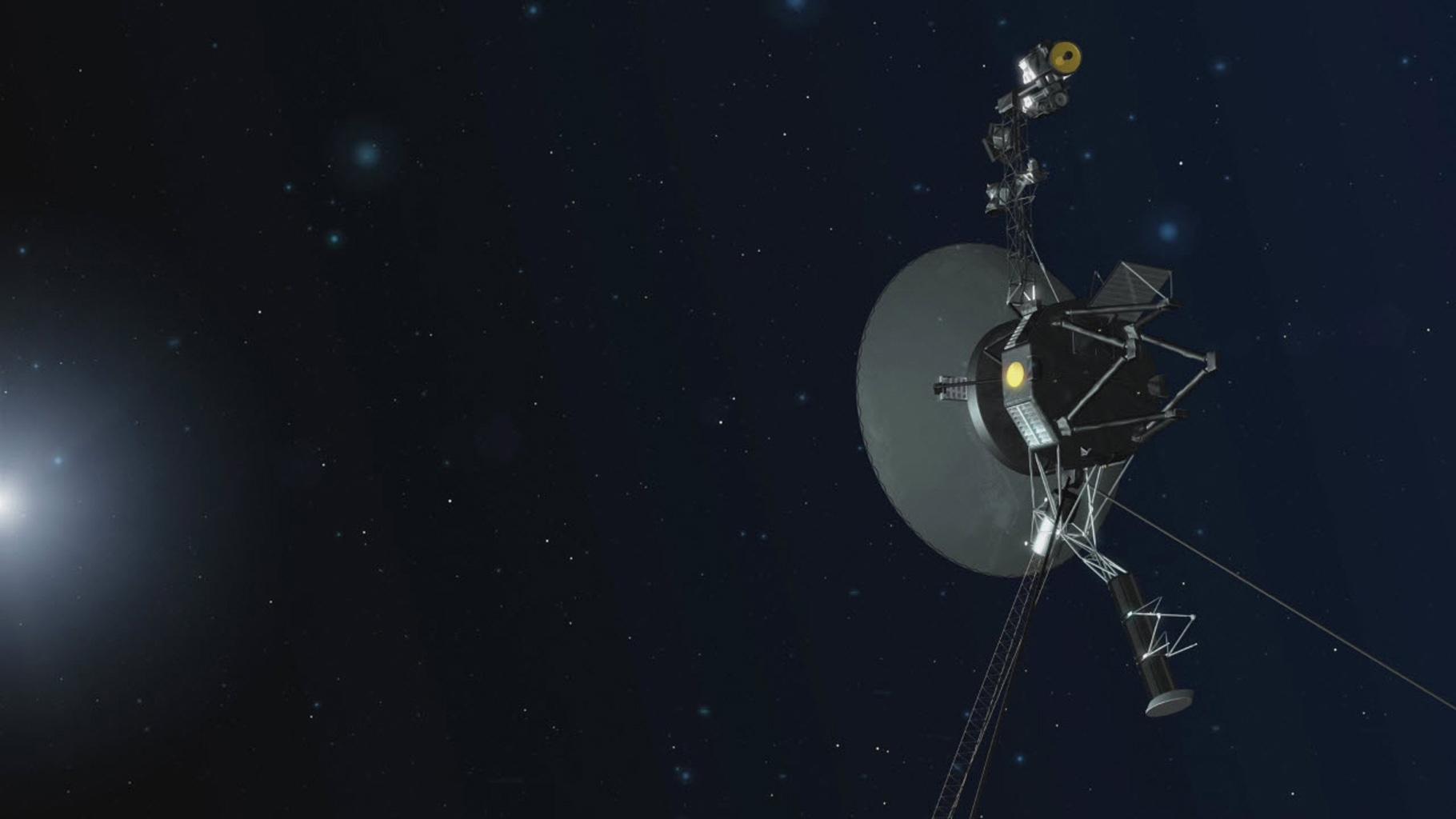Engineers for NASA’s Voyager mission are taking measures to ensure that both spacecraft, launched in 1977, continue to explore interstellar space over the next few years.

One of the efforts is aimed at eliminating fuel residues that accumulate in the narrow tubes of some spacecraft thrusters. These maneuvering thrusters allow both Voyagers to hold the antennas so that they are pointed at the Earth.
The team is also downloading software fixes to prevent a repeat of the glitch that occurred with Voyager 1 last year. The engineers have solved the problem, and the fix is designed to prevent the recurrence of this problem on Voyager 1 and Voyager 2.
Voyager thrusters problem
The thrusters on Voyager 1 and Voyager 2 are used to hold the antennas of spacecraft aimed at Earth for communication purposes. Spacecraft can rotate in three directions around a central axis, like a wheel. When they do, the thrusters automatically start and reorient the spacecraft so that their antennas are pointed at Earth.
Fuel enters the thrusters through fuel lines and then passes through smaller lines inside the thrusters, called inlet tubes, which are 25 times narrower than the external fuel lines. Each thruster start adds a tiny amount of fuel residue, resulting in a gradual accumulation of material over decades. In some tubes, the accumulation becomes significant. The mission began allowing the two spacecraft to rotate further by 1° in each direction before firing the thrusters to slow down this accumulation. Such a solution will reduce the frequency of starting thrusters on each spacecraft.

Engineers cannot know for sure when the inlet tubes will be completely clogged. But they expect that with the new precautions, this will not happen for at least another five years and possibly much longer. The team may take additional measures in the coming years to further extend the life of the thrusters.
Of course, the increased number of rotations may affect the loss of some scientific data. This is similar to a telephone conversation, when the interlocutor interrupts the connection from time to time. But the team came to the conclusion that the lost data would be returned over time.
Patch as an insurance policy
In 2022, the onboard computer that orients Voyager 1 to Earth began sending distorted reports about its condition, despite the fact that it continued to operate normally. It took the mission engineers months to identify the problem. The attitude articulation and control system (AACS) was misdirecting commands, writing them to the computer’s memory instead of executing them. One of these missed commands distorted the AACS status report even before it got to the engineers.
The team determined that AACS entered an incorrect mode, but could not determine the cause and therefore is not sure that the problem can occur again. A software fix should prevent this from happening.

“This patch is like an insurance policy that will protect us in the future and help us keep these probes going as long as possible. These are the only spacecraft to ever operate in interstellar space, so the data they’re sending back is uniquely valuable to our understanding of our local universe,” said Suzanne Dodd, Voyager project manager from JPL.
Downloading and checking
Voyager 1 and Voyager 2 flew at a distance of more than 25 billion and 20 billion km from Earth, respectively. At such distances, data with corrections to the spacecraft will be received for more than 18 hours.
Due to the age of the spacecraft and the communication delay time, there is a certain risk that the fix may overwrite important code or have other unpredictable consequences for the spacecraft. The team spent months writing, reviewing, and testing the code to mitigate these risks. As an additional security measure, Voyager 2 will receive the patch first and will serve as a test site for its twin. Voyager 1 is farther from Earth than any other spacecraft, making its data more valuable to science.
The patch download started on October 20. After loading, the command will do a read of the AACS memory to make sure it is in the right place. If there are no immediate problems, the team will do a check on October 28 to verify if the patch is working properly.
Earlier we talked about how the Earth had changed during the Voyager 2 journey.
According to NASA
Follow us on Twitter to get the most interesting space news in time
https://twitter.com/ust_magazine

